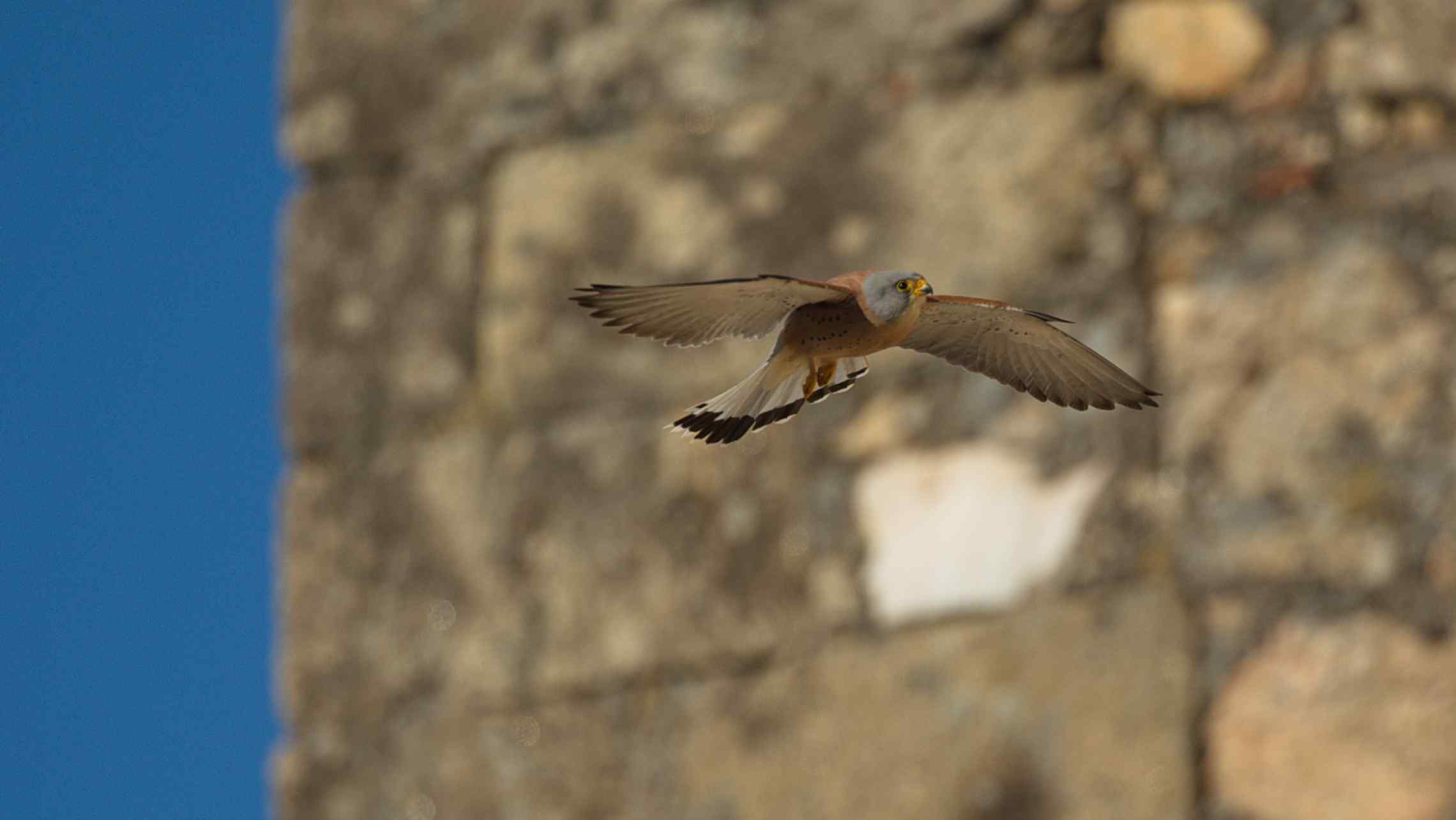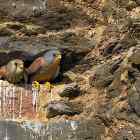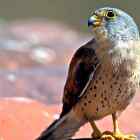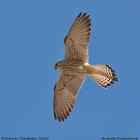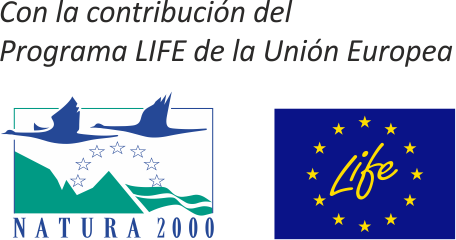Today was the second day of the VIII International Congress online on the conservation of the lesser kestrels as part of the LIFE-ZEPAURBAN project, which is coordinated by the Sustainability Department of the Regional Government of Extremadura.
If yesterday international experts gave the results of their research in the field of the status and conservation of the species, today the talks centred around various conversation projects and initiatives. Captive breeding, reintroduction, and the management of old buildings holding colonies were some of the key aspects mentioned by the speakers.
Atanasio Fernández García (the Director of Protected Area Programmes of the Sustainability Department of the Regional Government of Extremadura) initiated the session with an account of the LIFE-ZEPAURBAN Project and the management of urban ZEPAs in Extremadura. As he explained, the main objective has been to develop a management model to assure the long-term conservation of the lesser kestrel, which can be applied to any urban area holding colonies of the species. Its mainstays are the conservation of these colonies and that of their feeding habitats. For his part and along the same lines, Michelangelo Morganti (the General Director of the LIFE FALKON Project, Italy) explained the initiatives implemented to protect four small lesser kestrel populations in Italy and Greece by means of the LIFE FALKON Project. He also showed his concern about climatic change as a threat to biodiversity in general and this species in particular.
The Italian speakers Diego Rubolini (Associate Professor of Ecology, University of Milan) and Jennifer Morinay (a post-doctoral researcher at the Istituto Superiore per la Protezione e la Ricerca Ambientale, ISPRA) have published their pioneering conclusions on genetic studies used as a tool to determine the best populations of lesser kestrel so as to carry out reintroduction projects.
The reintroduction of the species by means of captive breeding is one of the actions in which most efforts have been made in recent decades. In this sense an example of collaboration between experts from various countries is that which has been expounded from Bulgaria by Gradimir Gradev (the project director of the Green Balkans Stara Zagora NGOs). He told of the successful initiative of reintroducing the species into his country (from which it had completely disappeared) in collaboration by the Spanish NGO the Defence of the Environment (Defensa Medio Ambiental, DEMA) with its headquarters in Almendralejo. Its founder, Pepe Antolín, presented another initiative which has obtained very positive results: the recovery of a lost colony in San Vicente de Alcántara.
Diego Jordano (Professor of Ecology at the University of Córdoba and a member of the Group for the Restoring of Autochthonous Fauna and its Habitat (Grupo de Rehabilitación de la Fauna Autóctona y su Hábitat, GREFA) summarised some of the actions for the conservation of this species which have been carried out by this group in Andalusia. In the same sense Manel Pomarol (Head of the Section for the Conservation of Fauna of the Fauna and Flora Service, Generalitat de Catalunya) devoted his talk to the conservation of the lesser kestrel in Cataluña during the last three decades, bringing up the question of what more can be done to achieve better results when all the means available are being used.
On the other hand, Juan José Negro Balmaseda (CSIC, Doñana Biological Station) went back to the origin of the link between humans and kestrels: 95% of lesser kestrels nest on human structures despite the fact that the species is millions of years old. Thanks to the archaeological and fossil record it has been possible to reconstruct the process of the adaptation to a humanised habitat of this small raptor which long ago lived on cliffs and rocky outcrops.
Azucena Hernández Dillán (Service of Works and Projects of the Ministry of Culture, Tourism, and Sports, Regional Government of Extremadura) stressed one of the initiatives carried out as part of the LIFE-ZEPAURBAN project in Extremadura: action on heritage buildings on which the species nests. She emphasised the importance of the various administrations, in this case those responsible for our heritage and the environment, working in a coordinated manner.

Also in the context of historical buildings with colonies of lesser kestrels, Ana María Gómez Díaz (archaeologist-curator of the Casa Bonsor, Mairena Castle, Town Council of Mairena del Alcor) and José Rafael Garrido (coordinator of the Programme of emergencies, epidemiological control, and follow-up of wildlife, Regional Government of Andalucía) expounded the interesting case of the management of Mairena Castle, which has recently been restored and which despite this currently holds the largest colony in Spain with 100 pairs.
In the healthcare sector, Sergio Magallanes (zoology researcher of the University of Extremadura) presented the conclusions of studies which have been carried out on the effect of malaria on lesser kestrel populations in Extremadura, to be precise in Acedera, Casa de La Enjarada, and Trujillo. This infection could be the cause of the slow growth of some colonies of the species.
To finish the day's talks, Irene Farias Huesca (a student on work experience at the GREFA) presented the results of captive breeding programmes, analysing the methodology which has been used in stages as crucial as artificial incubation.

